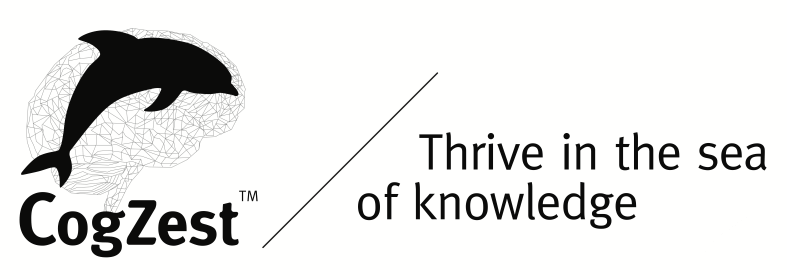The cognitive shuffle technique I invented to help people fall asleep has received a surge of media attention this year. It’s been featured in The New York Times (again), The Guardian (for the third time), BBC Science Focus, CNN, and more.
But the cognitive shuffle wasn’t pulled out of thin air. It’s grounded in my Somnolent Information-Processing (SIP) theory, which offers a fresh way of understanding the transition to sleep.
Most press coverage mentions the science in passing, but rarely digs into the theory itself. So I wrote an article for SharpBrains that outlines the six core insights of SIP and explains why falling asleep can be surprisingly difficult:
- Your internal clock drives sleep.
- Insistent concerns or thoughts make sleep difficult (mental perturbance).
- Internal alarms keep you awake.
- Some perceptions, thoughts, and executive commands have somnolent properties.
- Sleep onset builds momentum (it’s a positive feedback loop).
- Crucially, you can train yourself to fall asleep more easily.
If you’d like to dive deeper, read the full article on SharpBrains. Or check out the forthcoming chapter in the Cambridge Handbook of Sleep Theories and Models:
💤 mySleepButton
We at CogSci Apps created mySleepButton to make the cognitive shuffle easy to use. Just press “Put Me to Sleep,” close your eyes, and imagine the dreamy sequence of images it guides you through. That’s it.
